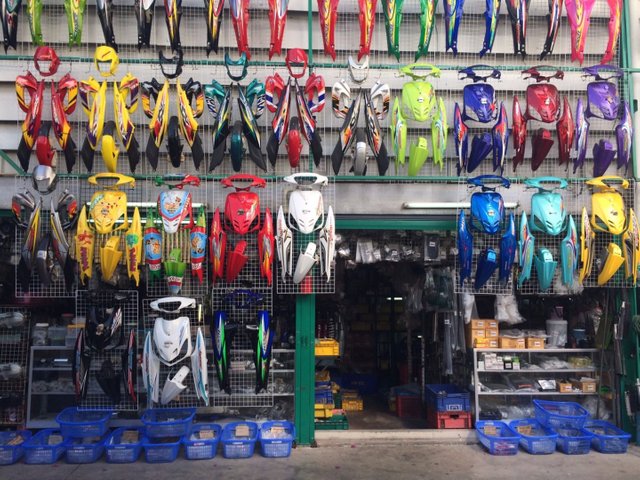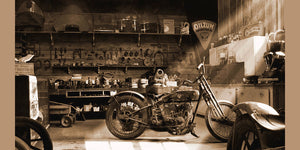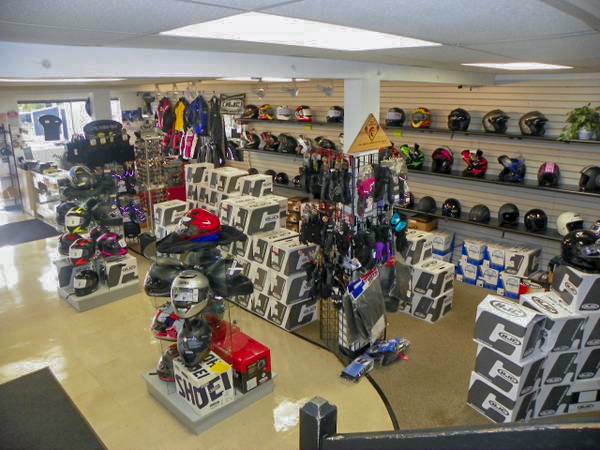Must-Have Motocross Gear: Raise Your Riding Experience Today
Must-Have Motocross Gear: Raise Your Riding Experience Today
Blog Article
Mastering Motorcycle Gears: How to Maximize Your Riding Experience
In the realm of motorcycling, grasping the art of gear manipulation is essential for boosting your riding performance. Appropriately utilizing and comprehending motorbike equipments can considerably influence control, gas, and acceleration performance, transforming a typical adventure into a smooth, exhilarating journey.
Comprehending Equipment Mechanics
At the core of motorcycle characteristics, equipment mechanics play a pivotal duty in transforming engine power into motion, inevitably determining speed and control. The gear proportions, very carefully developed, determine the relationship in between engine transformations and wheel turns, impacting acceleration and gas effectiveness.
Comprehending equipment auto mechanics begins with identifying the relevance of the gearbox, which houses numerous equipments of differing sizes. These equipments engage through a procedure understood as meshing, where teeth of various gears involve to send power. The precision of this communication is vital; any imbalance or damage can cause inefficient power transfer, preventing performance. Additionally, the plan and size of gears affect the motorbike's ability to deal with various loads and rates.
In addition, the idea of equipment shifting is important to optimizing performance. Timely and smooth changes make certain that the engine operates within its ideal power band, protecting against unnecessary strain and improving long life (motocross parts nz). By understanding these mechanical intricacies, bikers can accomplish an unified mix of power, performance, and control, raising their riding experience
Timing Your Changes
Change timing mastery is essential for optimizing motorcycle performance and enhancing the riding experience. Properly timed changes guarantee that the engine operates within its optimal power band, which is important for preserving control, accomplishing smooth acceleration, and guaranteeing the longevity of the motorcycle. Motorcyclists need to establish an user-friendly sense of when to shift gears, which entails recognizing the connection between engine revolutions per min (RPM) and rate.
To understand change timing, pay very close attention to the engine's noise and feel, as these give essential ideas regarding when to alter gears. The ideal change factor normally happens when the engine approaches the upper array of its power band without getting to the redline. Shifting also early can cause a lack of power, while changing as well late might trigger unneeded engine strain
Additionally, roadway conditions and riding design influence change timing. In urban setups, smoother and much more regular changes may be essential to navigate website traffic effectively. On the other hand, during freeway riding, less shifts at higher rates can be better. Practicing in different settings will boost your ability to time shifts exactly, inevitably raising your riding experience to a specialist level.
Enhancing Gas Effectiveness
While understanding motorcycle equipments is vital for performance, boosting gas performance is equally important for both economic and environmental factors. Optimal gas usage not just decreases operational costs however also reduces the environmental impact of riding. To achieve this, one have to comprehend the elaborate partnership between equipment selection and engine performance.
To start with, selecting the appropriate gear at proper speeds can considerably affect gas usage. Riding in quietest helmets a higher equipment at lower rates can bring about engine carrying, which is harmful to both gas economy and engine health and wellness. Conversely, riding in reduced gears at broadband results in unneeded fuel usage. Hence, useful source keeping an ideal balance by moving equipments abreast with roadway conditions and prepared for maneuvers is vital.
Additionally, routine maintenance plays an essential function in gas performance. Ensuring that the motorcycle is well-tuned, with tidy air filters and effectively blew up tires, can lower and enhance the rules of aerodynamics fuel wastage. In addition, embracing a riding style that welcomes progressive velocity and smooth slowdown can contribute to much better fuel economic situation.

Strategies for Smooth Transitions
Achieving smooth equipment changes is basic to boosting the riding experience and making certain the durability of a motorbike's transmission system. Correct equipment changing not just adds to a seamless trip but additionally lessens damage on the mechanical elements. To grasp the art of smooth shifts, bikers should focus on a few vital techniques.

Second of all, clutch control plays a crucial role. Engaging and disengaging the clutch smoothly requires method. The clutch lever should be released slowly, enabling a smooth transfer of power from the engine to the wheels without triggering a jolt or sudden movement.

Adapting to Road Conditions
Browsing diverse road conditions is a critical ability for any type of motorcyclist aiming to maintain control and security. Whether you're riding on wet surface areas, gravel roadways, or navigating sharp turns, your this page capacity to adapt your gear use and riding strategy is vital. Understanding how to adjust your gears appropriately can dramatically impact grip and stability, making sure a safer journey.
On wet roads, it is recommended to keep greater gears to minimize torque and lessen wheel spin. This method aids keep grip on unsafe surfaces, allowing for smoother velocity and slowdown. On the other hand, when riding on gravel or unequal terrain, reduced equipments are preferable. Reduced gears provide far better control and enable you to react even more swiftly to unforeseen modifications in the roadway surface.
Sharp curves demand accurate gear administration to stabilize speed and control. Downshifting before getting in a contour can aid keep energy while guaranteeing the motorcycle stays secure throughout the turn. Consistent technique in varied conditions enhances your ability to predict and react to modifications in road appearance and slope.
Verdict
Understanding motorcycle gears substantially boosts the riding experience by enhancing fuel, control, and velocity effectiveness. Adapting gear option to different road problems, such as using higher equipments on damp surface areas and lower equipments on crushed rock, additional improves handling and security.
Understanding gear mechanics starts with recognizing the importance of the transmission, which houses multiple gears of varying sizes. These gears communicate with a process known as meshing, where teeth of different equipments involve to transmit power (mx gear nz). Mild changes to the throttle during equipment shifts can stop jerky movements and keep a regular riding speed
Whether you're riding on wet surfaces, gravel roads, or navigating sharp turns, your capacity to adjust your gear usage and riding strategy is critical. Adapting equipment option to various road conditions, such as making use of higher gears on damp surface areas and lower equipments on crushed rock, additional boosts handling and security.
Report this page